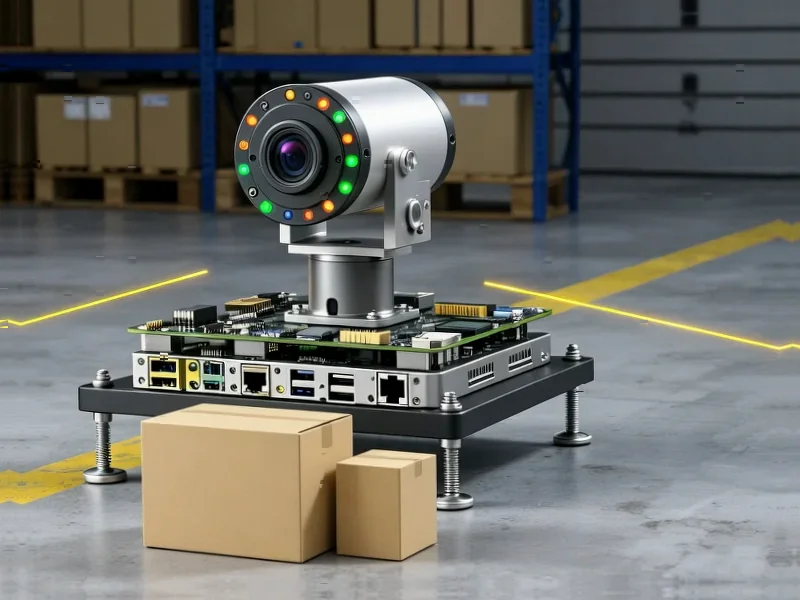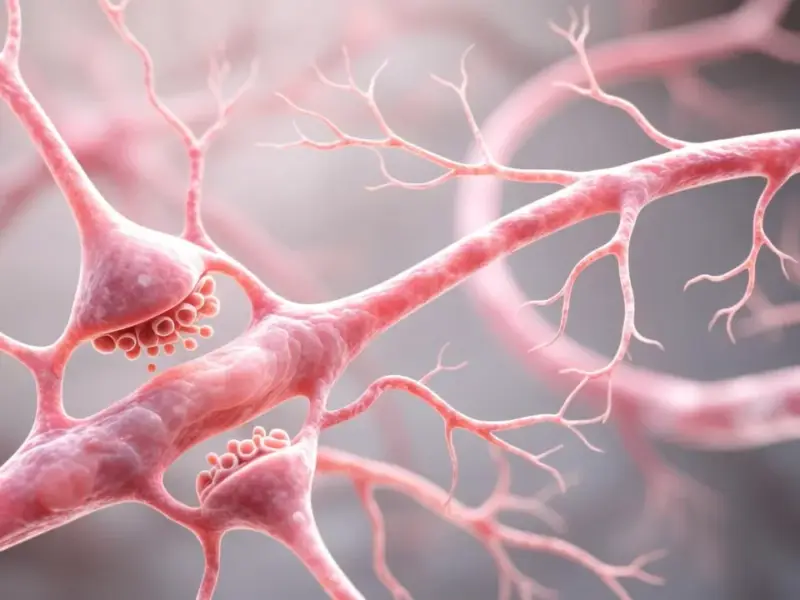According to Embedded Computing Design, JHCTECH’s BRAV-7722 is a specialized AI Edge system for smart transportation powered by Intel Arc GPU acceleration capable of up to 262 TOPS. The system uses 12th, 13th, and 14th Generation Intel Core processors with Intel Q670 Chipset and supports up to 192GB DDR5 RAM. It features dual GPU configurations with Intel UHD Graphics and MXM discrete GPUs, plus extensive I/O including three LAN ports, four HDMI outputs, and multiple USB/COM connections. The rugged design operates from -20°C to 60°C with 19V DC input and protection circuits for harsh environments. JHCTECH also offers the BRAV-7820 for multi-sensor fusion supporting up to 8 cameras and 4 radars as part of Intel’s broader AI Edge initiative.
<h2 id="edge-ai-reality-check”>The Edge AI Reality Check
Here’s the thing about these edge AI boxes – they look amazing on paper. 262 TOPS? That’s serious compute power. But I’ve seen enough “revolutionary” edge systems come and go to be skeptical. The transportation industry doesn’t just need raw power – it needs reliability that lasts years, not just months.
And let’s talk about that wide temperature range. -20°C to 60°C sounds impressive until you realize real-world conditions can be way more extreme. What happens when this thing is baking in direct sun on a 45°C day? Or when moisture gets into those “rugged” ports? I’ve seen too many “industrial grade” systems fail when actual industrial conditions hit.
The Real Scaling Problem
So JHCTECH is pitching this as scalable future-proof technology. But here’s the catch – scaling in transportation isn’t just about adding more compute. It’s about managing thousands of these units across cities, handling firmware updates without taking systems offline, and dealing with the inevitable hardware failures that happen at scale.
The Intel Edge AI platform promises to help with some of this, but we’re still in early days. Remember how everyone thought 5G would solve all connectivity issues? Yeah, that didn’t quite pan out as promised either.
Transportation-Specific Headaches
Look, smart transportation systems have failed before – and often for reasons that had nothing to do with compute power. Regulatory hurdles, privacy concerns, integration nightmares with legacy systems… these are the real barriers.
JHCTECH’s BRAV-7722 product page shows all the technical specs, but where’s the evidence this actually works in real transportation deployments? I want to see case studies, not just spec sheets. Basically, having great hardware is only half the battle – maybe less than half.
The promise is there, no question. But until we see these systems handling real traffic, real weather, and real-world deployment challenges, it’s just another box with impressive numbers. The transportation industry has been burned by over-promising tech before. They’ll need more than TOPS to be convinced this time.





Thanks for sharing. I read many of your blog posts, cool, your blog is very good.